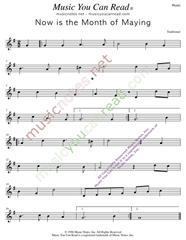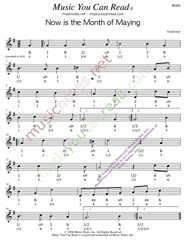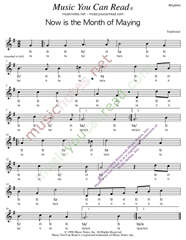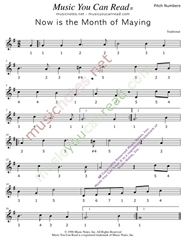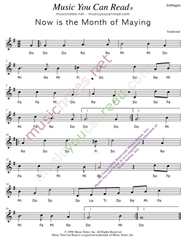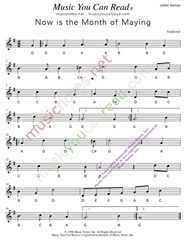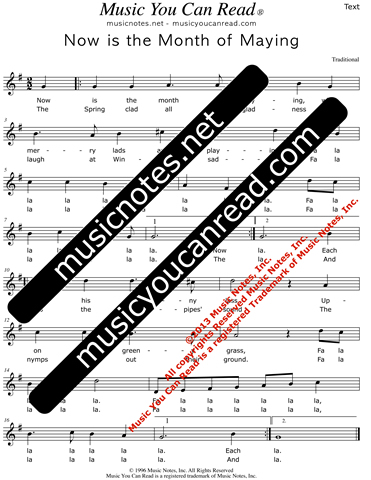 |
Syncopation in cut time (2/2), raised subdominant (Fi),
with dominate octave skips and dominate arpeggios.
Description
- Grade: Fifth
- Origin: England – Thomas Morley 1595 – “Ballett”*
- Key: G Major
- Time: 2/2 – cut time (also shown in 4/4)
- Form: AB
- Rhythm: advanced: 2/2: | ti ti ti/ ri | syncopation,
| ta ti ti | ti/ ri ti ti | syncopation, | ta/ ta ti ri | syncopation, | ta/ ti | syncopation, | ta (ti) ti |
| ta (ti) ti ri | syncopation, | ti ri ti ri ti ri ti | syncopation, | ta/a | - Pitches: intermediate: So La Ti Do Re Mi Fa Fi So – raised/sharp subdominant (4, Fi)
- Intervals: intermediate: Mi\Do/Mi (M3), Mi/Fi(M2), So\Re (P4), Re\Ti\So descending dominate arpeggio (V, D), So/So ascending dominate octave skip, Fa\Re (m3), Re/So (P4), So\Fi/So (m2), Re/Fa (m3), Do/So (P5), So\So descending dominate octave skip
- Musical Elements: notes: dotted half, half, dotted quarter, quarter, eighth; rest: quarter; pickup beat, multiple repeat signs, multiple endings, syncopation on 2/2 (cut time), dominate arpeggios, dominate octave skip, raised subdominant (4, Fi),note: each stanza is repeated twice
- Key Words: world geography: England; music history: Thomas Morley (1557-1602), Ballett, Seasons, Maying, merry, lads, playing, Spring, gladness, Winter, sadness, upon, greenly grass, bagpipes, nymphs (young female): Old English: doth (does), bonny lass (pretty girl), trend (dance)
- Recorder: advanced: introducing C sharp (C#), dominate arpeggios, dominate octave skip, counting 2/2 – cut time
*Ballett (2 t’s): 17th-century dance-like vocal composition similar to the madrigal in style.
Additional Formats (click to enlarge)

